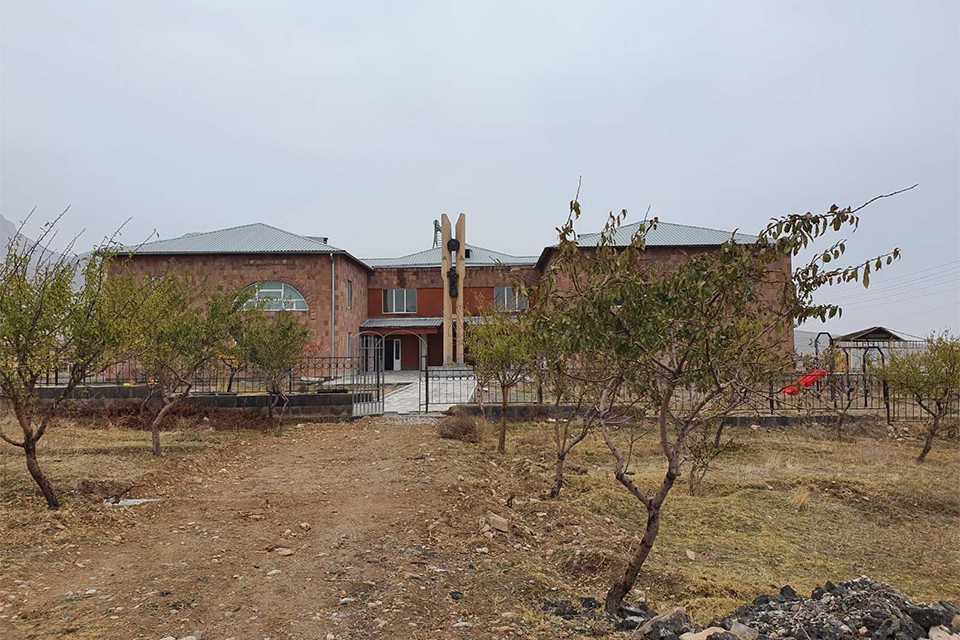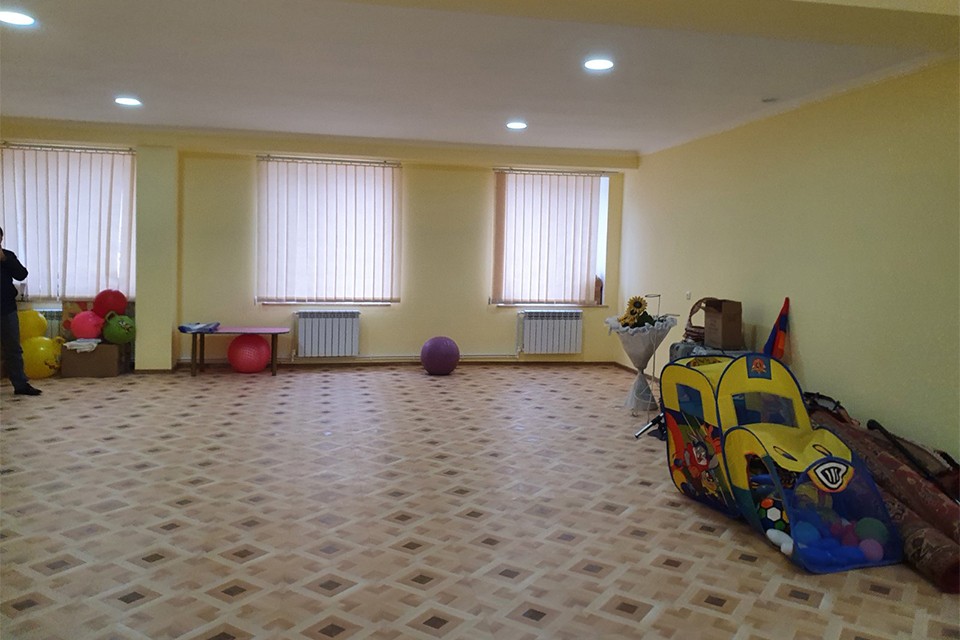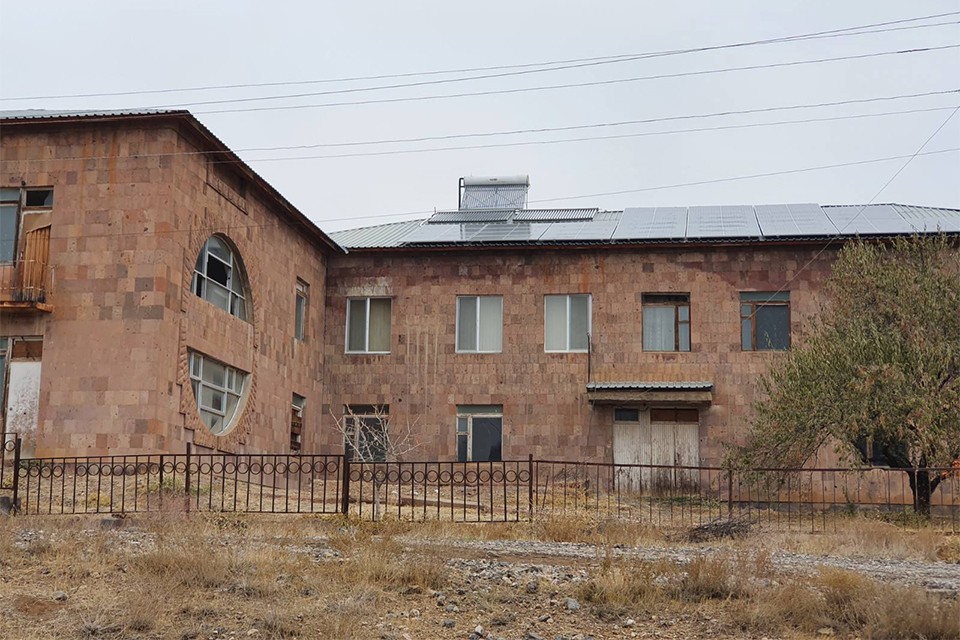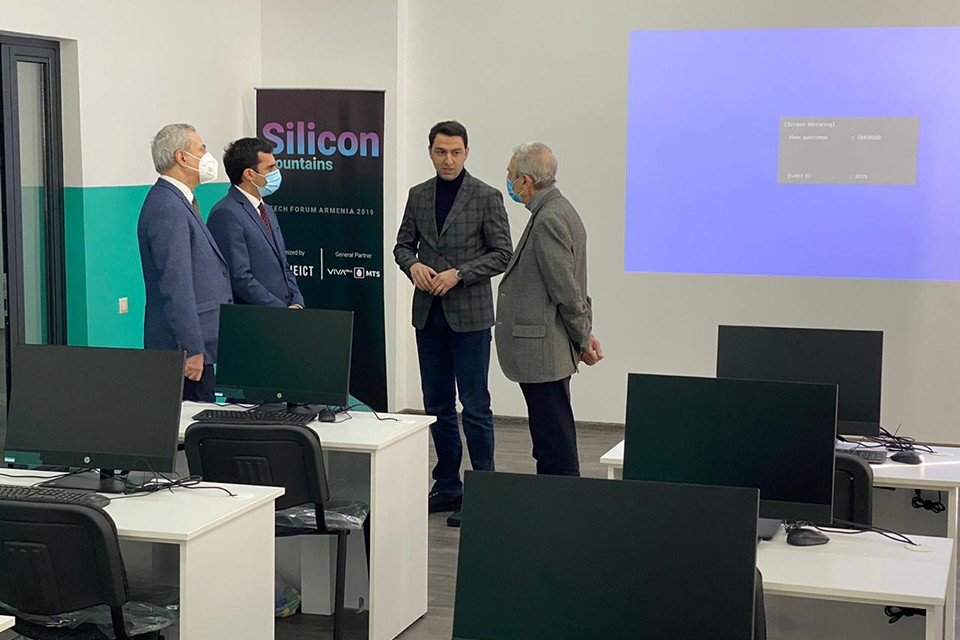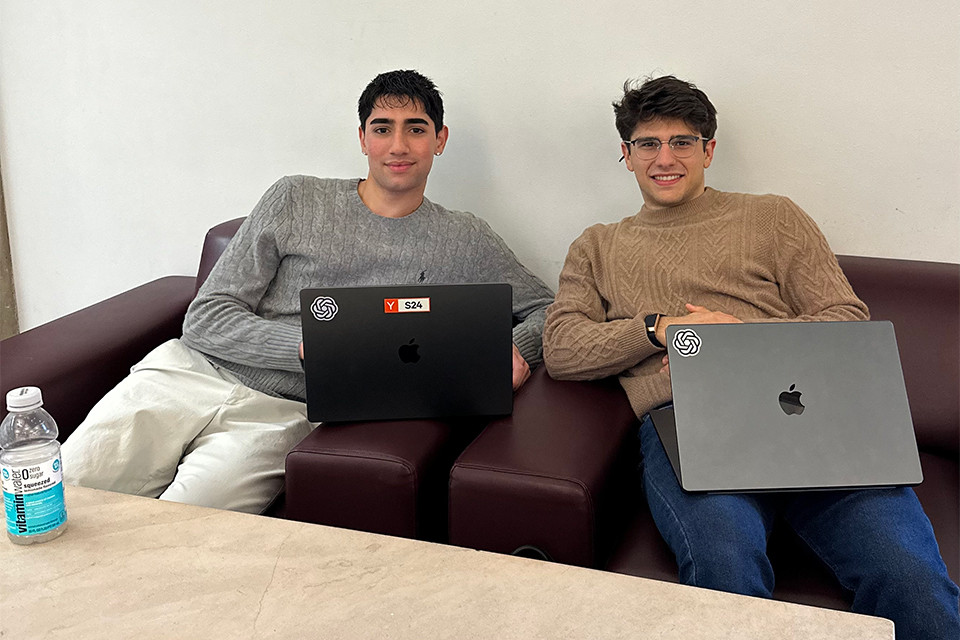10:38 | 28.12.20 | News | 33344
Viva-MTS supports infrastructure development projects in two villages of the Ararat region
An important issue for the Paruyr Sevak borderland community, located next to the Yeraskh-Yeghegnadzor highway, was resolved. Due to the lack of financial means, only 20% of the large building of the local kindergarten was used.
The partnering organizations installed an electric boiler heating system here, which was equipped with a solar water heater. After the renovation, it was possible to use 60% of the building; besides, the capacity of the heating system and the energy consumption increased.
Within the framework of the “Eco-Village Network” program, a new solar photovoltaic system was installed with a capacity of 19KW to reduce the financial expenses of the community. The project implemented here both resolved the heating issue for the kindergarten and reduced the expenses of outdoor lighting in adjacent streets. According to estimates around 1.5 million AMD will be saved on a yearly basis.
“It’s been a tough year, but we have had objectives to reach. We don’t know the challenges awaiting us yet, but obviously, developing infrastructure in rural areas is a vital matter. That has been proven by the years of work, by the outcomes of our projects, and the feedback we get from people in rural areas. That’s what makes us concentrate on the work, and make efforts to find solutions for problems, persevering specifically in borderland and farther villages. Success comes with commitment and hard work,” Viva-MTS General Manager Ralph Yirikian said in the video call.
“Despite the overall situation in the country, we managed to continue the planned works. Both in Paruyr Sevak community and other borderland communities, where we planned to implement similar projects, the tension was considerable. In any case, today we can state that the efforts made are justified, and the desired result is guaranteed,” said Ruben Khachatryan, the Director of the Foundation for the Preservation of Wildlife and Cultural Assets.
With the mutual efforts of Viva-MTS and the Foundation for the Preservation of Wildlife and Cultural Assets, another infrastructural issue was resolved in the Ararat region. An outdoor energy-efficient lighting system was installed in the Urtsalanj community. Previously, only a small part of the village had an economy and gas lamp lighting system. The cost of lights situated at a great distance from each other was high, and the provided lighting was not sufficient. Frequent replacement of out-of-order lights also increased unforeseen costs.
The partnering organizations established a new LED lighting system in the community. 45 LED lighting pillars were installed, the most efficient type in terms of financial savings. Currently, around 1700 m streets are illuminated in Urtsalanj.
“We used to have lights in the village, but it was not enough. Lamps were often out of order, and the cost was high. Now we have a modern lighting system. It is necessary to keep the borderland villages in the center of attention so that locals have the sense of safety not to leave the village,” said Vahagn Hambardzumyan, the administrative head of the Urtsalanj community.

17:29 | 24.09.25 | Articles
Jacopo Losso on Cross-Border Investments and Why Armenia Attracts Angels

